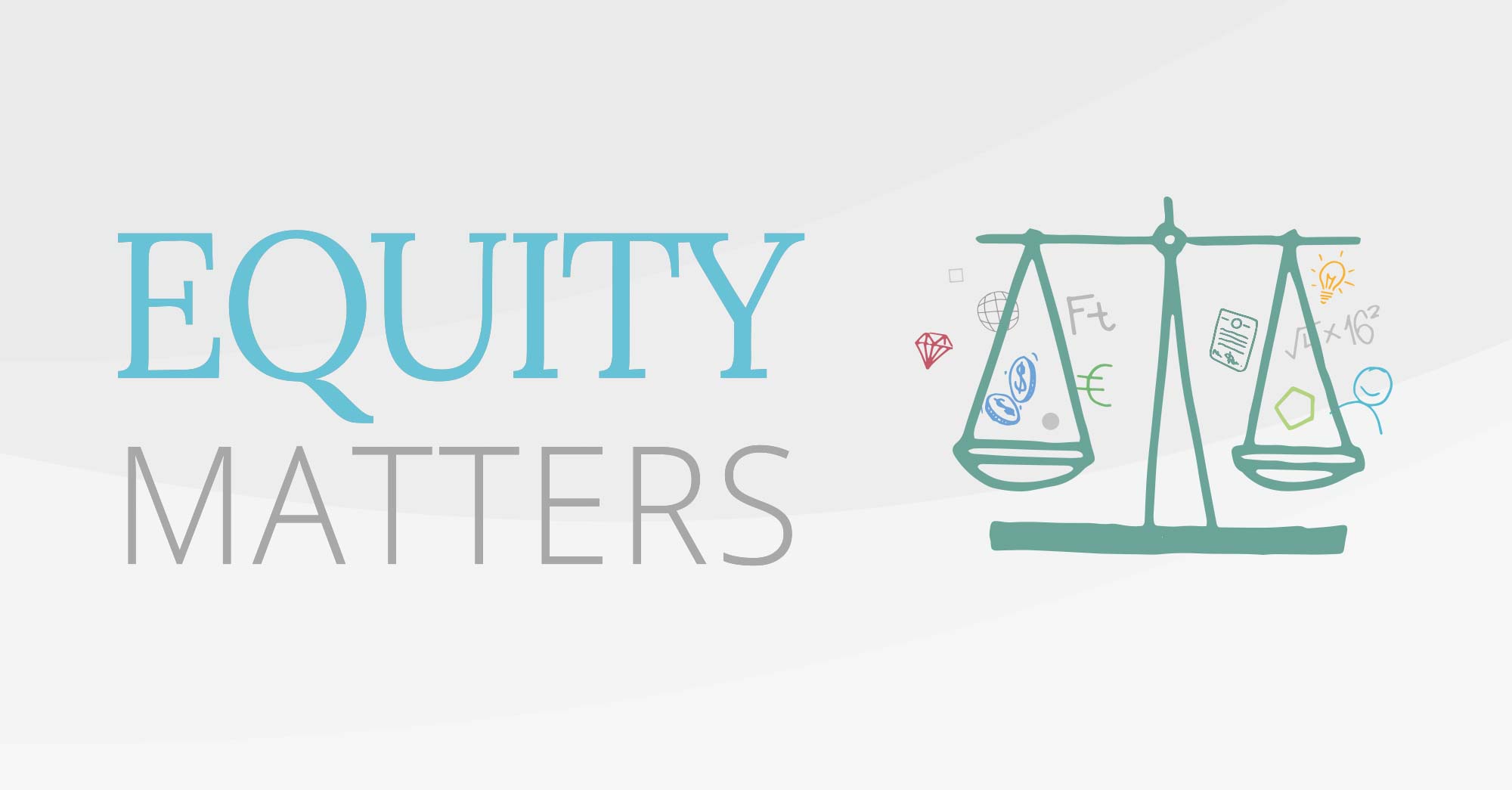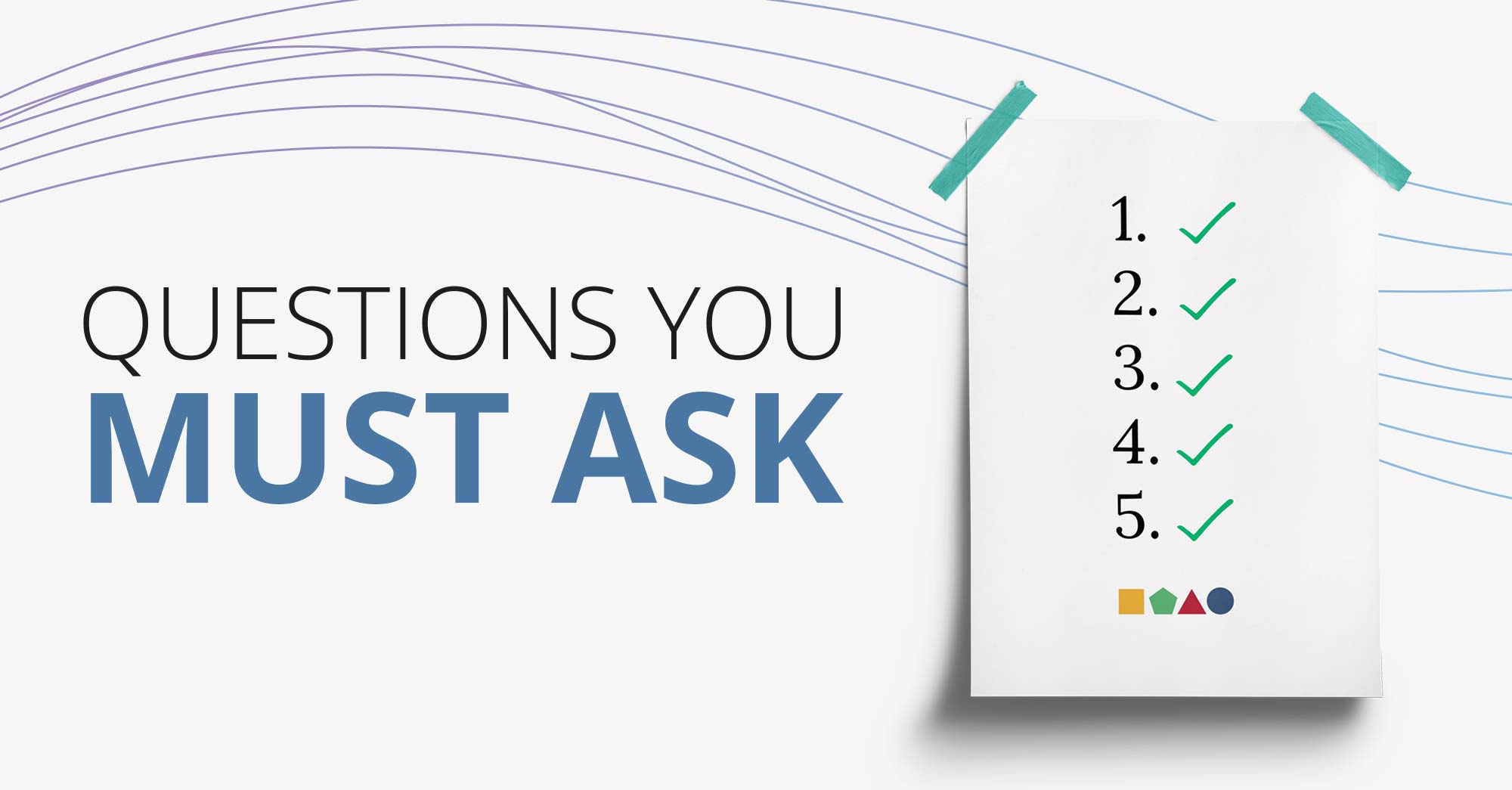Let’s start with a question. How many female CEOs do you think are in place with Fortune 500 companies? Various numbers may be flashing through your mind, but we’ll save you the guesswork or the time needed to go to a search engine – the answer is 41, or just 8.2%.
This question has been a staple of university business course lecturers for many years when looking to highlight gender inequality at a senior executive level and the broader implications of that statistic for women in the workplace.
The usual reaction when hearing the answer is varying degrees of surprise. It’s not the fact of the disparity that takes people aback – who could not be aware of it at this point – but the sheer extent of the gap.
And this, in turn, speaks to the level of awareness among the general public (perhaps the male public more so) on the reality of the gender gap and more specifically the gender pay gap in the working world – we know it’s a problem and we’d like to see solutions, but many of us don’t realize how deep and wide the issue actually runs.
What does this have to do with equity compensation?
You may ask. It’s not an unreasonable question, and we’ll get there, but for now consider that equity compensation strategies which are blind to disparities around opportunity and pay may unintentionally add to those problems.
For example, some stock plans are designed to target only senior executives, but if males are over-represented at that level, then females in those companies may end up being further disadvantaged. It’s not that the equity compensation plan in itself would be inherently unfair, more that when introduced into a system and structure already characterized by pay disparity, it may end up inadvertently adding to that inequality.
Closing the gender pay gap… slowly
While whether or not there are more female Fortune 500 CEOs at any given moment isn’t necessarily directly relevant to the plight of women on the wrong end of wage disparity lower down the corporate ladder and in the wider working world, movement on this measure over the years offers an interesting insight into the pace of progress across the board.
The trend over the last 20 or so years has been positive in terms of closing the gender gap, but the pace of that change less so. In the year 2000, there were two female CEOs in Fortune 500 companies – 0.4%. 2006 was a notable year, in that it marked the first time the number scraped into double figures (literally 10). We had to wait until 2013 to see this number double to 20. There have been some fluctuations in the years since then, but that number had finally doubled again by 2021 – with that most recent figure, 41, representing an all-time high.
So, yes, on this benchmark we have seen positive movement in closing the gap over the last two decades. However, with that pace of change – going from 0.4% in 2000 to 8.2% in 2021 – we will be waiting a very long time to get anywhere close to 50%. And that encapsulates the broader issue of the gender pay gap – it has been identified and progress has been and continues to be made, but the pace of that progress has been stubbornly slow.
That said, companies are becoming increasingly proactive at attempting to address this issue, and as such, addressing the gender pay difference is now becoming increasingly more visible from a point of best corporate governance practice.
What is the gender pay gap situation in Europe and elsewhere?
Despite an increasing willingness on the part of companies to deal with it, the gender pay gap persists and in some parts of the world continues to be a major driver of inequality in the workplace.
The most recent Eurostat figures available on the gender pay gap capture a snapshot of the situation as it existed in 2019. At that time, across the EU-27, females on average earned 14.1% less than males per hour of work. Estonia and Latvia were bottom of the list with 21.7% and 21.2% disparities respectively, while at the other end of the scale, Luxembourg (1.3%) and Romania (3.3%) were the closest to achieving pay equality. Some of the larger member states performed noticeably better than others, with Italy (4.7%) and Spain (11.9%) on the right side of the bloc-wide average, while France (16.5%), and Germany (19.2%) fared less well.
Elsewhere in the world, the most recent official government figures show that the average gap pay in the United Kingdom is 5.8%, in Canada the figure is 11%, in Australia the pay gap for full-time employees is 14.2%, while in the United States females workers earn nearly 20% less than their male counterparts.
What are governments doing to close the gender gap?
Governments around the world have recognized the need for legislation to encourage movement towards closing the wage gap. One of the key features of legislation in different countries is a reporting element, whereby business must submit detailed information on their remuneration practices and in the event of there being differences in how males and females are compensated to explain why – pay transparency.
Examples include:
- United Kingdom: Companies with more than 250 UK-based employees are obliged to submit data annually across several metrics, relating to the percentage of male and female employees, and what gap exists between them in terms of hourly pay and bonus pay. The current regulations were introduced in 2017 and a review of the impact of those rules is due to be completed this year. Depending upon the contents of that review, new actions may be recommended.
- United States: The Equal Pay Act of 1963 made it illegal for companies to pay females less for work requiring the same time, skill, and effort, and subsequent legislation has sought to copper-fasten these rules. However, the most recent legislation designed to tackle the gender pay gap in the US – the Paycheck Fairness Act – failed to achieve bipartisan support and was blocked in the Senate last year.
- Ireland: The Gender Pay Gap Information Act was signed into law last year and is expected to come into effect this year. Under this legislation, it will become obligatory for companies to report on their gender gap status. Initially, its terms will apply to companies with more than 250 employees, but over time will be extended to businesses more than 50 employees.
- Canada: The Pay Equity Act came into force last year. Under its terms, workers in federally regulated workplaces must receive equal pay for work of equal value, irrespective of their gender. Companies with 10 or more employees are being given three years to develop pay equity plans.

What about equity compensation and the gender pay gap?
As mentioned earlier, equity compensation practices do not exist in isolation from the wider gender pay gap picture.
A recent study published in the Journal of Applied Psychology found a gender gap for equity-based awards ranging from 15% to 30% — even beyond accounting for typical reasons women historically earn less than men, including differences in occupation and length of service at a company.
This matches very closely with the gender pay gap data in Europe and the US referred to earlier. Basically, there is as much of a gender equity compensation gap as there is a gender pay gap.
So, what can we do about it? At first (and second) glance these issues seem societal and beyond the control of any individual company to solve. This may be at least partially true, but actively tackling and transparency are the best steps you can take to solve it.
- Measure to manage
To begin, you need to examine if there is a gender or race gap in your current employee share and compensation plans. As the old saying goes, what is not measured is not managed, so simply collecting the data is a powerful first step. If possible, this should be done by an independent arbiter to remove any potential bias or politics from the equation.
- Address company culture through proactive policies
The second step is putting in place policies throughout your company to address the inherent bias that can exist within company culture. This measure, if done right, can actively target this inequality. Unconscious bias can exist as part of a cultural legacy and a good way to tackle this is to use policies to enact a shift in company ideology and attitudes. Transparency and sharing of your current situation can be a nerve-wracking but important move. It may be embarrassing to admit you have a problem, even internally, but without doing so the problem won’t be fixed.
- Equitable plan design
A key step is designing your equity compensation plans to be more, well, equitable, when it comes to rewarding your people. Create ‘compensation bands’ for specific roles, meaning that a new hire will automatically be put in the same pay scale whatever race or gender they are.
- Board buy-in
Another step requires getting buy-in from the board and, ideally, identifying a champion at both the board level and operational level that can drive the necessary changes. If someone is not ultimately responsible for the change, that change won’t happen.
- Examine and renew
Finally, it must be a continual process of examination and renewal. It may be quite difficult to close any gaps you find in a single swoop, and there is always the potential for it to drift back out if attention is not paid to it. This is where the champion becomes so crucial.
If you’re actively looking to make your organization a better place to work and equal for all employees, then equity compensation is an excellent place to start. Why? Because it’s measurable. The fact that you can measure it benefits you in three key ways – you can find out if you have a problem, take concrete actions (whose success you can measure), and then communicate what you’ve done in an immediately understandable manner.
If you can close your own gender equity compensation gap (if such a gap exists in your organization) and make it equitable, this will help you attract and retain top talent in the future while also being able to tell a good story in the process. What’s more, you’ll have also made the world a bit more equitable, which is not a bad way to spend your day (whether that’s at home or in the office).
We started with a question, so let’s look to finish with another. When will the wage gap close? Unlike our earlier question on female CEOs, this answer does not lend itself to a straightforward answer. We are getting there, though some will understandably say that we are not doing so quickly enough. Ultimately, it is a matter of will, and all any individual business can control is whether or not they commit to tackling whatever gap may exist within their own salary and equity compensation practices.
Want to learn more about how you can help to close the gender equity pay gap?
If you want to learn more about how we can address inherent bias in the workplace and tackle the gender pay gap, tune in to episode three and episode four of our podcast, Own Up.
Don’t forget to ‘follow’ Own Up on your podcast player of choice to stay up to date on the latest equity compensation trends.
Gender Equity Pay Gap Part 1 with Aon’s Amanda Benincasa Arena

Ep 3: Gender Equity Pay Gap Part 1 with Amanda Benincasa Arena
Gender Equity Pay Gap Part 2 with Carver Edison’s Cally Bruce

Ep 4: Gender Equity Pay Gap Part 2 with Cally Bruce
Please Note: This publication contains general information only and J.P. Morgan Workplace Solutions is not, through this article, issuing any advice, be it legal, financial, tax-related, business-related, professional or other. J.P. Morgan Workplace Solutions’ Insights is not a substitute for professional advice and should not be used as such. J.P. Morgan Workplace Solutions does not assume any liability for reliance on the information provided herein.



